Invited by Consorzio Collio and IEEM to experience the Italian region of Collio DOC, I was thrilled and curious at the prospect of learning about a wine region of which I was unfamiliar. Anticipating a variety of opportunities in the vineyards, with producers and in the cellars, our group of wine journalists, sommeliers, buyers and consultants arrived in Italy at the end of May to explore this hidden gem of a region. What I found were stunning wines and an equally fascinating culture.
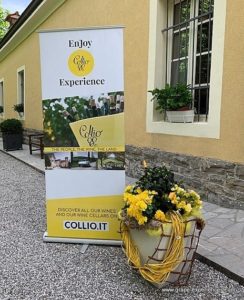
Where is Collio?
Tucked into the far northeast corner of Italy, the region of Collio is a curve of bright and sunny hills, slopes and terraces within the province of Friuli Venezia Giulia on the border of Slovenia and between the Julian Alps and the Adriatic Sea. To the north is the town of Prepotto, to the west is Cormons and in the east is Gorizia.
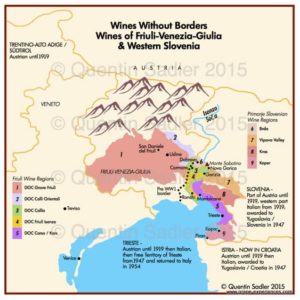
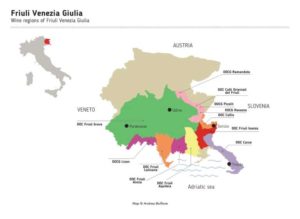
The Terroir of Collio
Collio enjoys a mild climate with summers that are hot but not stifling and winters that are cold and often rainy, although this year’s month of May was the wettest since May 1973. Dramatic diurnal temperature shifts and local winds create a unique micro-climate. Thanks to the warm currents from the Adriatic Sea, grapes are kept dry and the mountains to the north protect the region from cold winds. The unique soil, termed Ponca, consists of layered marl and sandstone that offer elements of minerality and salinity to the wines. As you may expect, grapevines thrive in this natural environment.
The White Wines of Collio
The wines! Indigenous grapes include Malvasia, Ribolla Gialla, Friulano (formerly known as Tokaj Friuliano) and Picolit, a sweet grape. International varieties such as Pinot Grigio, Chardonnay, Pinot Bianco, Muller Thurgau, Riesling, Sauvignon Blanc and Traminer are approved to be cultivated in Collio.
In full disclosure, I tasted them all during my four days in the region and found memorable examples of expressive wines that challenge the notion that white wines can never be bold or rich.
Collio Bianco is considered “the most representative product of the territory,” stated Richard Baudains, regular contributor to Decanter Magazine and a seasoned wine expert, as he led our group in an intense and flavorful exploration of this field blend of co-fermented grapes. He feels that the “different grapes working together are part of our story of the history and land. The climate of the region adds complexity to the blends.”
The 30-odd Collio Bianco I swirled, sipped, savored (and spit!) boasted a variety of expressive floral aromas ranging from petrol and citrus to tropical fruits, herbs and honey. Likewise, the palate profile offered depth, muscle and balance along with flavors from spice to citrus to toast. This is just one example of the beauty of Collio, a region that has the DOC (Denominazione di Origine Controllata) classification, the second highest in Italy.
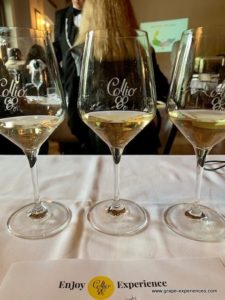
Almost 350 growers, 180 bottlers and one cooperative are responsible for grapes cultivated on approximately 500 hectares of hillside vineyards that are, on average, four hectares.
Yields are low, a prime factor that causes wines of Collio DOC to be considered prestigious. Richard Baudains explained that the “caliber of wines is always recognized and has improved dramatically. The raw material is always high quality and Collio has been a leader in the white wine revolution since the 1960s and 1970s.” Firmly in place are environmentally sound vineyard practices throughout Collio.
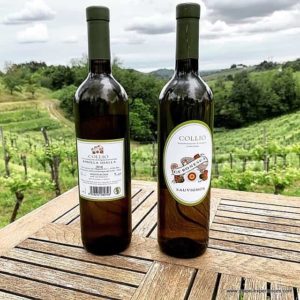
White wines account for 11% of the total production in Friuli Venezia Giulia and only 3% of Italian white wine as a whole. Collio, unlike most DOC or DOCG wines in Italy, is a specific wine region and not a specific wine type (white or red) whereby only a few grapes are allowed in a blend; up to 12 white and five red grape varieties are allowed. “Collio Goriziano” or “Collio” preceding the name of the variety indicates that the wine has met the requirements established by the production regulation.
A Quick Mention of the Reds
Although our Collio experience focused on the white wines of the region, the signature red wine is Collio Rosso, a blend of international red varieties allowed. Others include Collio Cabernet, Collio Cabernet Franc, Collio Cabernet Sauvignon, Collio Pinot Noir (Pinot Nero) and Collio Merlot; each was offered at either lunch or dinner and those I tasted were delectable pairings with traditional and creative cuisine.
The Rich Culture of Collio: Beyond the Wine
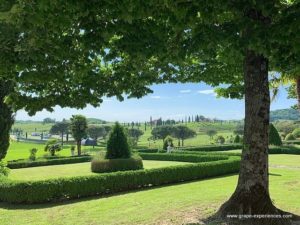
The region’s storied and tumultuous history dates to the days of ancient Rome when grape growing began. By the mid-3rd Century, wine production was so abundant that Emperor Maximinus requisitioned barrels and casks in order to build a bridge over the Isonzo River near Gorizia for his legions to move from Thrace to Aquileia where a siege was imminent.
Grape growing continued to flourish despite the fact that the borders of Italy, Slovenia and neighboring countries changed whenever new government powers were established. By the second half of the 1800s, research and innovation heralded a new age of wine production in Collio.
Our first evening was a picnic held in a barrel room at Cormons where a bounty of wine and picnic fare was enhanced by music from Circolo Controtempo. The Collio experience included visits to the Spessa Castle, built by nobles of the past, where a luxurious dinner was held after we were fortunate enough to enjoy opera selections from talented vocal and dramatic artists. Earlier, a small group of us had the opportunity to visit Ca’Ronesca & Zorutti wineries where a walk in the vineyards was accompanied by poetry readings in the Friulian dialect… and wines for pairing, of course.
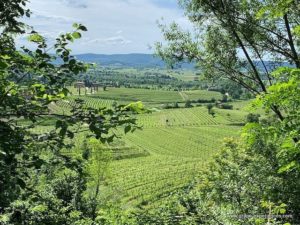
We drove through stunning “ahhh” inducing landscapes and witnessed Collio’s distinct terroir as we meandered through paths along the vineyards one warm and sunny morning. After a short tour of Trieste, a true multicultural city, we hiked along the Rilke Path along the Adriatic Sea… then swirled and sipped wines at a beautiful harbor restaurant as the sun set over the water.
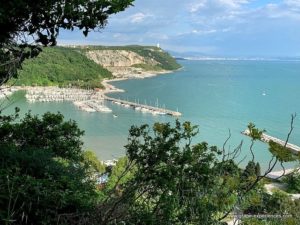
The gastronomy in Collio truly represents its cultural influences. The region offers a mixture of recipes from Italy, Austria, Germany, Slovenia and more. Apple strudel and gelato? Yes! Typical dishes include wild game prepared in the Hungarian and Austrian style. Pork was served at more than a few meals and one of my favorite dishes was ham baked in bread and served with cren (horseradish). But there were more. I craved each bite of homemade ravioli di Montasio with asparagus, tomato soup with Judrio truffles and bruscandoli, risotto butter and sage and pork rib cedar with black garlic and mustard. Did they pair beautifully with the white wines of the region? Of course.
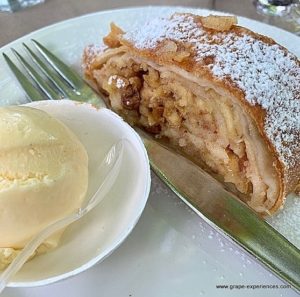
The Collio Experience was a highlight. Its stunning wines, magnificent terroir, traditional food, historical elements and the fine arts help explain the story of the region. But the people with whom I conversed are of paramount importance to the story. Each is proud to be from Collio, a place that I consider one of the most unique white wine regions in the world.
Frequently Asked Questions about the Collio Wine Region
More Ways to Explore Italy
Take a Romantic Wine Tasting Vacation Around Tuscany
Discover The Best Things to Do in Florence
Visit Franciacorta: Itinerary to Discover Fascinating Sparkling Wines in Northern Italy
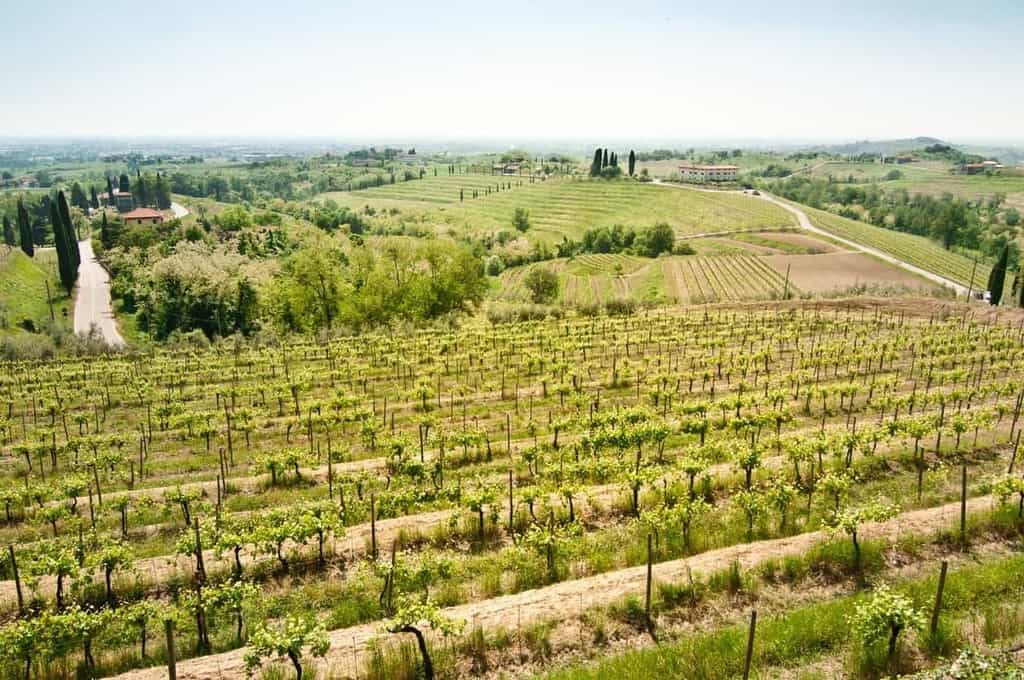
[…] Collio: One of the Most Unique White Wine Regions of the World […]
[…] more about the Collio experience, please click here to read my recent article, Collio: One of the Most Unique White Wine Regions of the World, at […]
[…] you want to discover the story of Collio DOC, pour a glass of wine produced in this small, highly prestigious region in the northeast corner of […]
What a wonderful article…….I thoroughly enjoyed it and would love to visit the area!
[…] Collio: One of the Most Unique White Wine Regions of the World […]